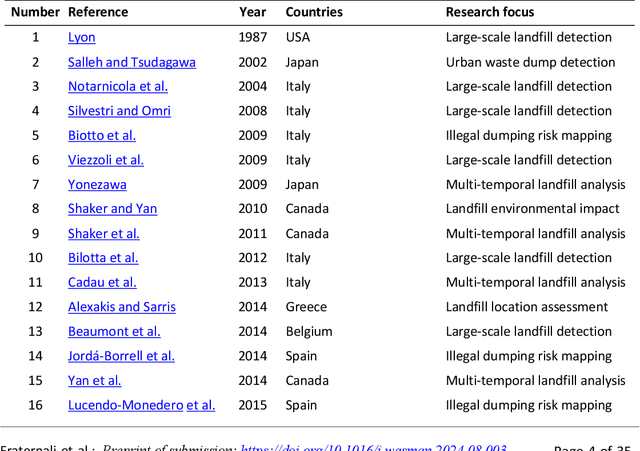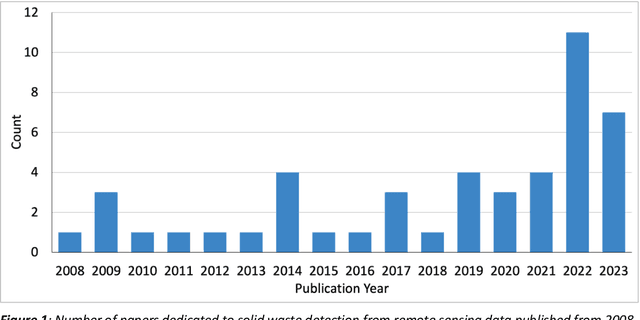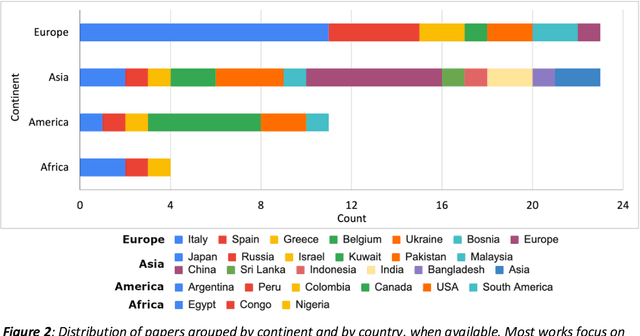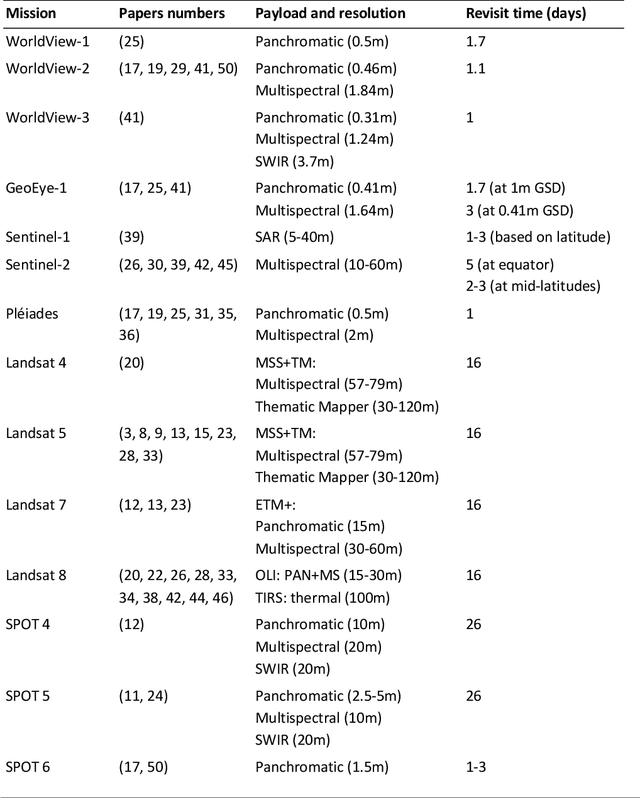Luca Morandini
Evaluating Large Language Model Capabilities in Assessing Spatial Econometrics Research
Jun 04, 2025Abstract:This paper investigates Large Language Models (LLMs) ability to assess the economic soundness and theoretical consistency of empirical findings in spatial econometrics. We created original and deliberately altered "counterfactual" summaries from 28 published papers (2005-2024), which were evaluated by a diverse set of LLMs. The LLMs provided qualitative assessments and structured binary classifications on variable choice, coefficient plausibility, and publication suitability. The results indicate that while LLMs can expertly assess the coherence of variable choices (with top models like GPT-4o achieving an overall F1 score of 0.87), their performance varies significantly when evaluating deeper aspects such as coefficient plausibility and overall publication suitability. The results further revealed that the choice of LLM, the specific characteristics of the paper and the interaction between these two factors significantly influence the accuracy of the assessment, particularly for nuanced judgments. These findings highlight LLMs' current strengths in assisting with initial, more surface-level checks and their limitations in performing comprehensive, deep economic reasoning, suggesting a potential assistive role in peer review that still necessitates robust human oversight.
Illegal Waste Detection in Remote Sensing Images: A Case Study
Feb 10, 2025



Abstract:Environmental crime currently represents the third largest criminal activity worldwide while threatening ecosystems as well as human health. Among the crimes related to this activity, improper waste management can nowadays be countered more easily thanks to the increasing availability and decreasing cost of Very-High-Resolution Remote Sensing images, which enable semi-automatic territory scanning in search of illegal landfills. This paper proposes a pipeline, developed in collaboration with professionals from a local environmental agency, for detecting candidate illegal dumping sites leveraging a classifier of Remote Sensing images. To identify the best configuration for such classifier, an extensive set of experiments was conducted and the impact of diverse image characteristics and training settings was thoroughly analyzed. The local environmental agency was then involved in an experimental exercise where outputs from the developed classifier were integrated in the experts' everyday work, resulting in time savings with respect to manual photo-interpretation. The classifier was eventually run with valuable results on a location outside of the training area, highlighting potential for cross-border applicability of the proposed pipeline.
Solid Waste Detection in Remote Sensing Images: A Survey
Feb 14, 2024



Abstract:The detection and characterization of illegal solid waste disposal sites are essential for environmental protection, particularly for mitigating pollution and health hazards. Improperly managed landfills contaminate soil and groundwater via rainwater infiltration, posing threats to both animals and humans. Traditional landfill identification approaches, such as on-site inspections, are time-consuming and expensive. Remote sensing is a cost-effective solution for the identification and monitoring of solid waste disposal sites that enables broad coverage and repeated acquisitions over time. Earth Observation (EO) satellites, equipped with an array of sensors and imaging capabilities, have been providing high-resolution data for several decades. Researchers proposed specialized techniques that leverage remote sensing imagery to perform a range of tasks such as waste site detection, dumping site monitoring, and assessment of suitable locations for new landfills. This review aims to provide a detailed illustration of the most relevant proposals for the detection and monitoring of solid waste sites by describing and comparing the approaches, the implemented techniques, and the employed data. Furthermore, since the data sources are of the utmost importance for developing an effective solid waste detection model, a comprehensive overview of the satellites and publicly available data sets is presented. Finally, this paper identifies the open issues in the state-of-the-art and discusses the relevant research directions for reducing the costs and improving the effectiveness of novel solid waste detection methods.
 Add to Chrome
Add to Chrome Add to Firefox
Add to Firefox Add to Edge
Add to Edge